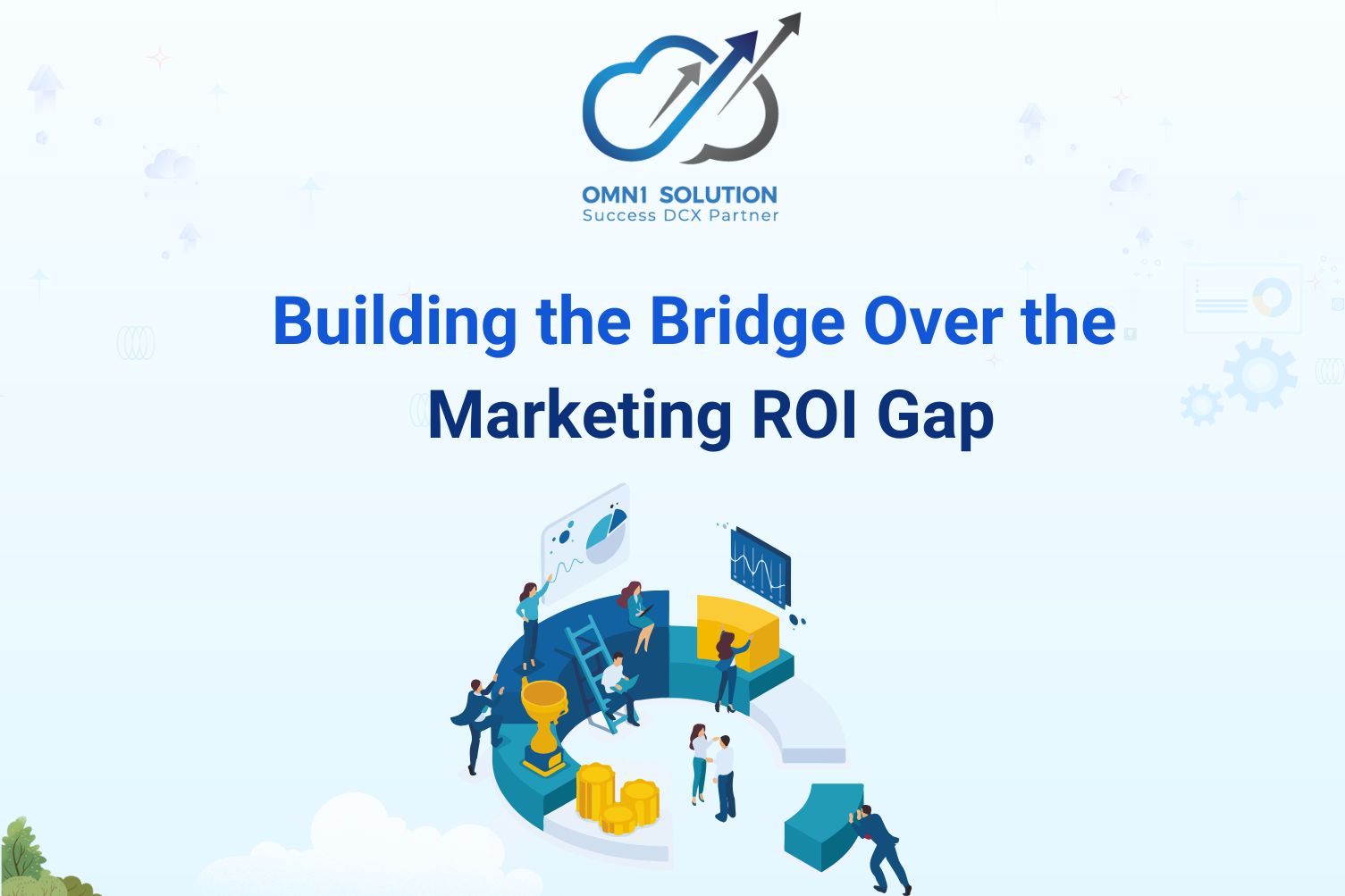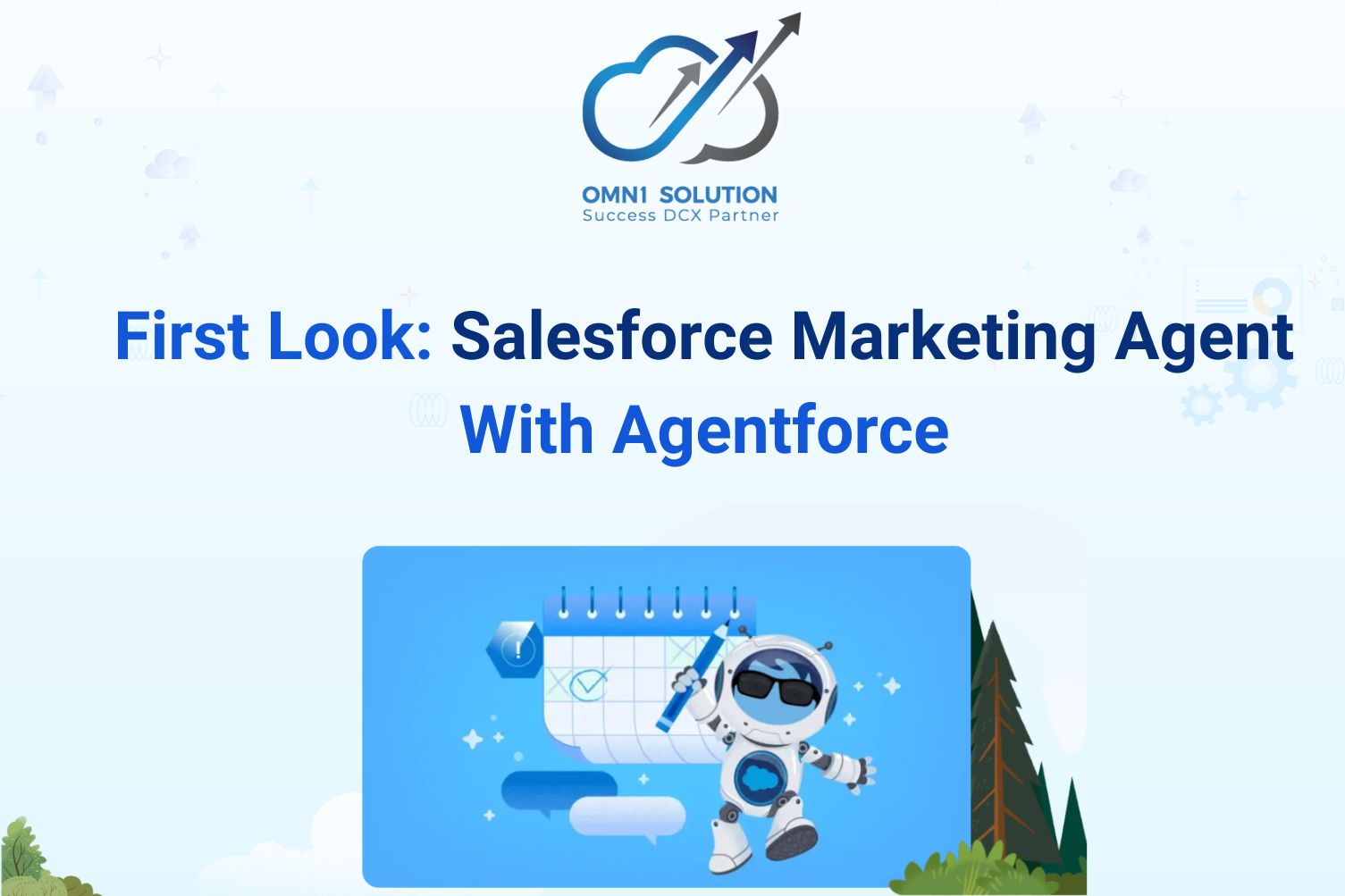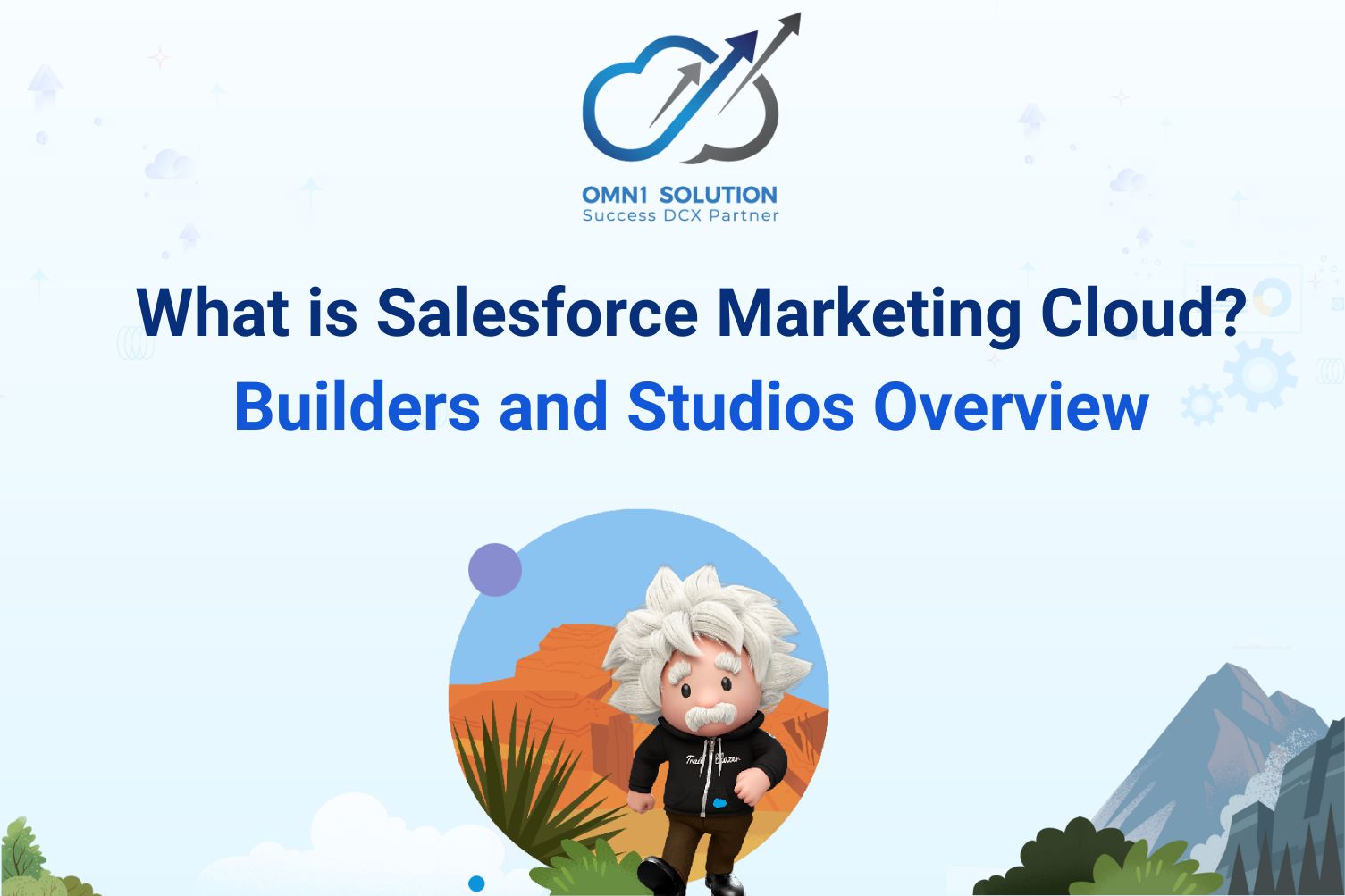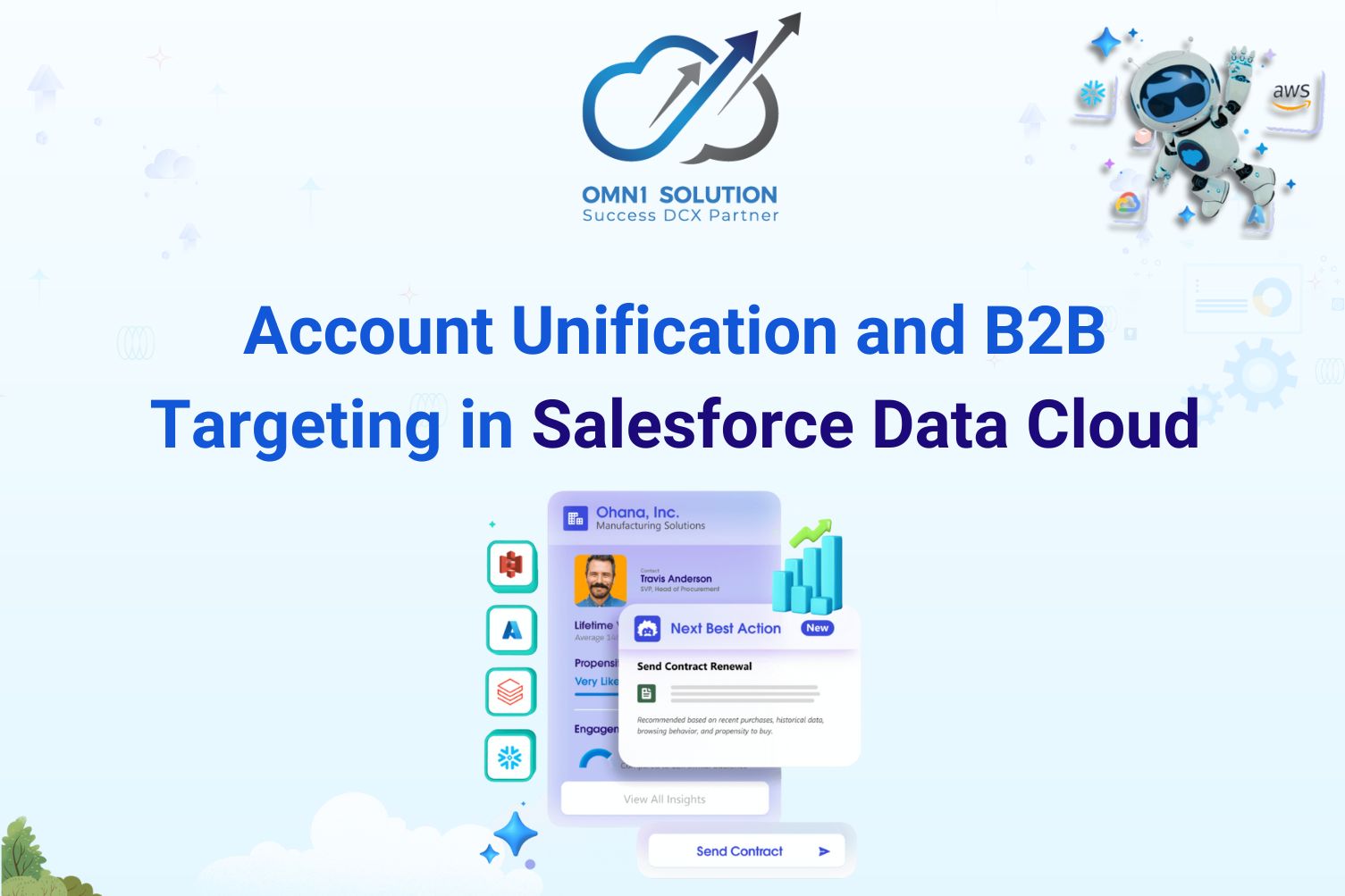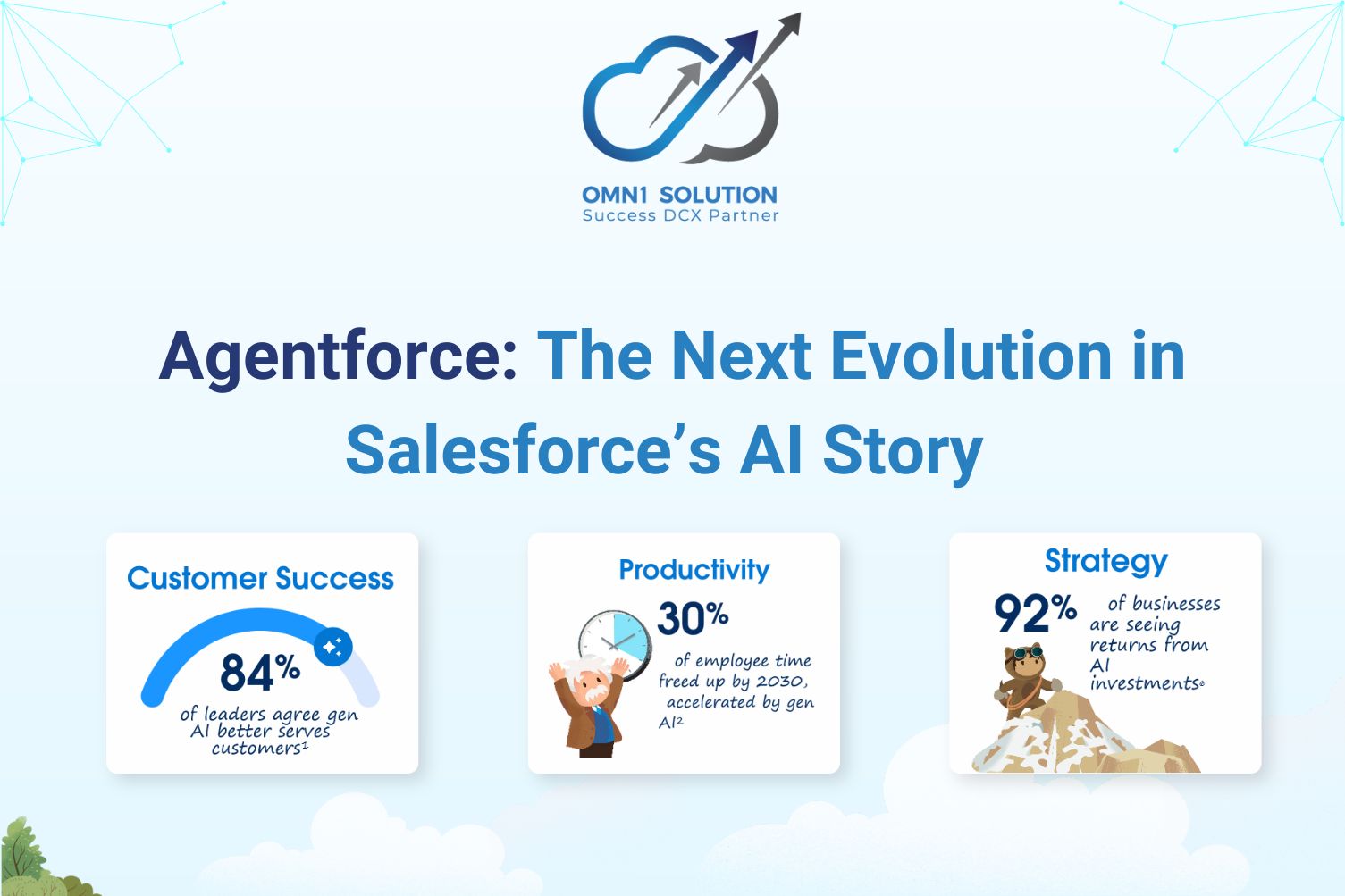Discover how to overcome marketing ROI measurement challenges with advanced solutions from Salesforce Marketing Cloud Account Engagement, B2B Marketing Analytics, and Google Analytics 4 (GA4). This article provides a comprehensive view of the limitations of traditional tools and illustrates how Lead Calculus from Digital Mass can serve as a bridge, enabling more accurate and transparent marketing decisions, optimizing business performance, and enhancing trust with leadership.
The ROI Problem: Current Systems Don’t Have What We Need
At Digital Mass, our CEO, Marty Davis, describes Salesforce as “having a large moat”. Much like medieval defense, it can take significant effort and a certain level of technology to get across. So, how do we catapult over the moat?
Traditional ROI measurement tools can be clunky. Even the more sophisticated options from Salesforce can give us a fragmented view of the customer journey. The out-of-the-box tools are built to make your marketing actions work, not tell you whether the email you’ve sent is of value to your strategy.
It’s difficult to gauge performance when leads bounce between touchpoints – email, social media, pay-per-click ads – and each platform has its own tracking method. It’s like trying to complete a puzzle with missing pieces. And those missing pieces lead to guesswork, which doesn’t cut it when your boss wants to see the ROI of your latest marketing campaign.
Many Options, But Few Solutions
There are a handful of tools that get close to solving the ROI conundrum. Here are a few that come close…
1. Salesforce Marketing Cloud Account Engagement (Pardot)
Marketing Cloud Account Engagement is a reliable marketing automation tool when it comes to tracking marketing activities. The Account Engagement Connector integrates seamlessly with Sales Cloud, giving marketers the ability to attribute user activity directly to marketing efforts.
However, it’s not easy to move beyond the top-level reporting to get the granular insights needed for precise ROI calculations. For that type of detail, you need to step up to B2B Marketing Analytics.
2. B2B Marketing Analytics
The natural next step for users of Marketing Cloud Account Engagement is B2B Marketing Analytics, which offers pre-built dashboards that can help you establish attribution for your business. It populates marketing and sales data directly from Salesforce and has built-in multi-touch attribution modeling, becoming the backbone for a marketing analytics bridge.
On the flip side, it can be a mammoth to integrate into your marketing strategies, and takes customization and expertise to implement and interpret correctly. Are there unique interactions you’d measure from external sources? What measurable activities outside of your Salesforce instance do you look to quantify?
3. Google Analytics 4 (GA4)
Outside of the Salesforce ecosystem, Google Analytics 4 offers a comprehensive way to track user journeys across your websites and apps, with a stronger focus on customer lifecycle events. It’s great for cross-platform insights – but let’s be honest, interpreting GA4 data can sometimes feel like cracking a complex code.
The built-in reporting, which some consider a sidestep from what was available in Universal Analytics, is intentionally wide-open, allowing greater customization. However, it also takes time and significant effort to create a solid foundation of reporting.
While it shows you where traffic comes from, it doesn’t natively tie those interactions directly to revenue or the contact in Salesforce in the clear, actionable way you need at a moment’s notice.
When there’s a gap in data, both marketing and sales teams’ frustrations grow and shatter the trust you’ve so carefully cultivated. And you can’t answer the question about why you spent $50k on sponsorships.
How Lead Calculus Can Help
Lead Calculus was designed by the consultants at Digital Mass to be a lead scoring engine that connects the dots on marketing activities. It goes beyond simple attribution models or the addition and subtraction of numerical data. Rather than licking your finger and throwing it in the air, it makes data-driven moves that show clear, positive ROI.
Understanding the most effective touchpoint – from the first customer interaction to the first purchase – will give you the information needed to know where to double down and where to pull back. With Lead Calculus, when you meet with the leadership team for your next budget meeting, you can show spending and have the catapult ammo needed to get more budget.
Let’s not forget: Lead Calculus integrates easily with your existing marketing stack. There’s no need for a complete overhaul – it’s built into Sales Cloud and works alongside the tools you’re already using, pulling together fragmented data to give you all the pieces to the puzzle.
A practical example: a client in the agriculture industry with market pressure to change the way they sell asked Digital Mass to use Lead Calculus to connect disparate marketing systems, build on-demand customer journeys, and establish a foundation of lead scoring. The project provided $1M in incremental revenue over two years, 10x the cost of the project.
Summary
Marketing is evolving, and so should our tools for measuring success. Proving ROI isn’t just about showing which leads came from which campaign, it’s about understanding the entire customer journey and using that insight to drive better decisions.
👉 Contact OMN1 Solution today for in-depth consultation and implementation 👇👇

